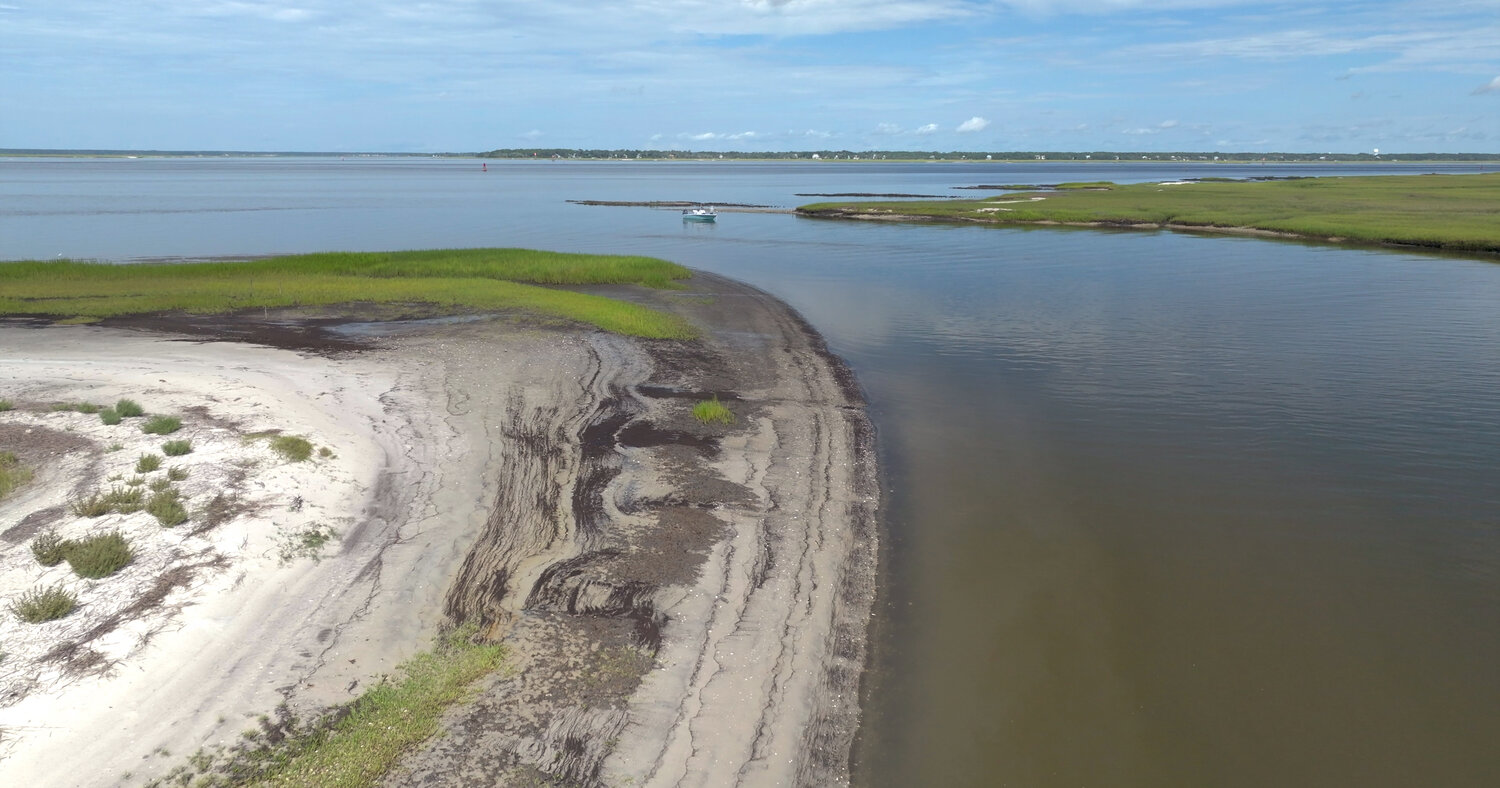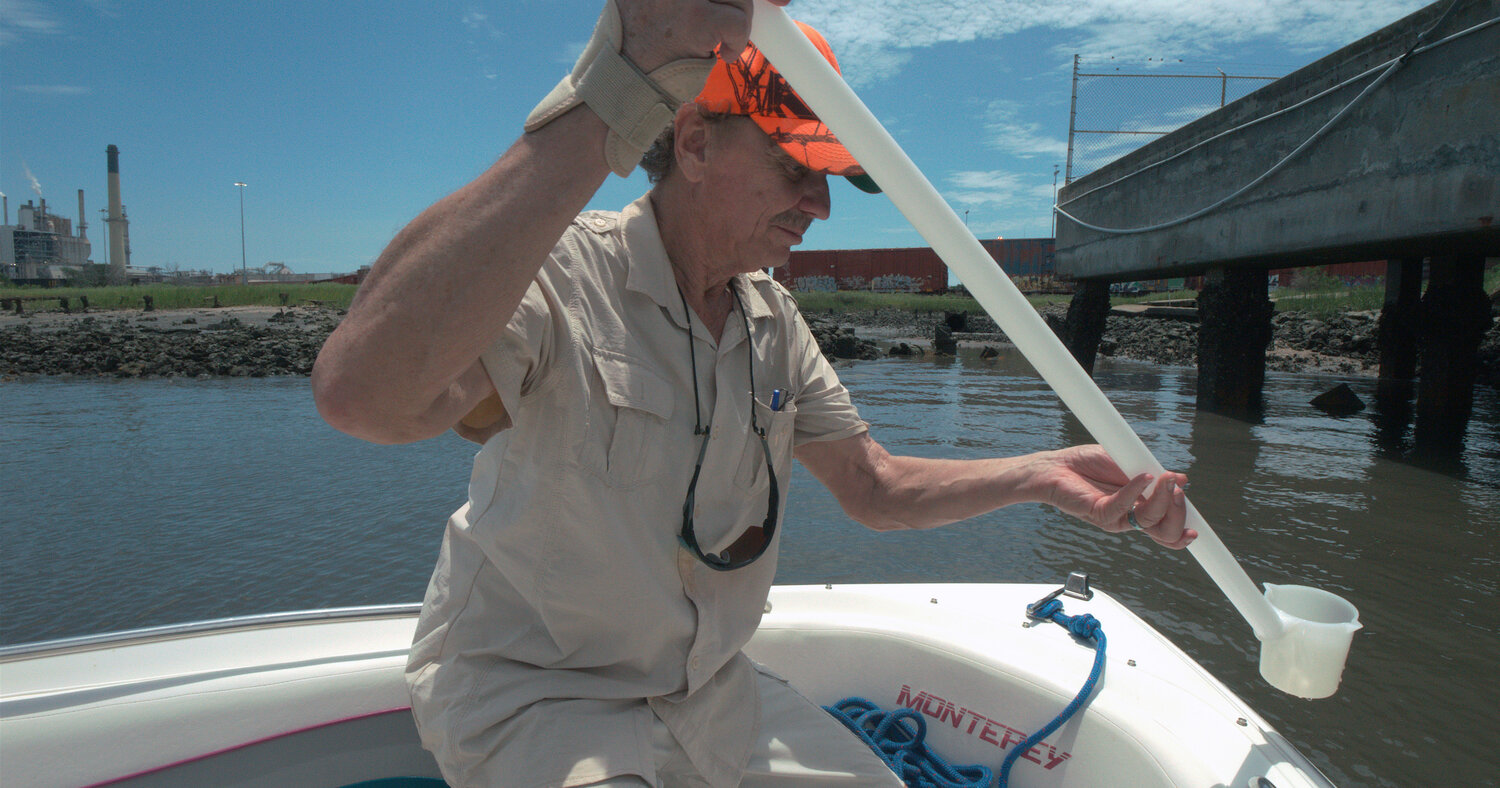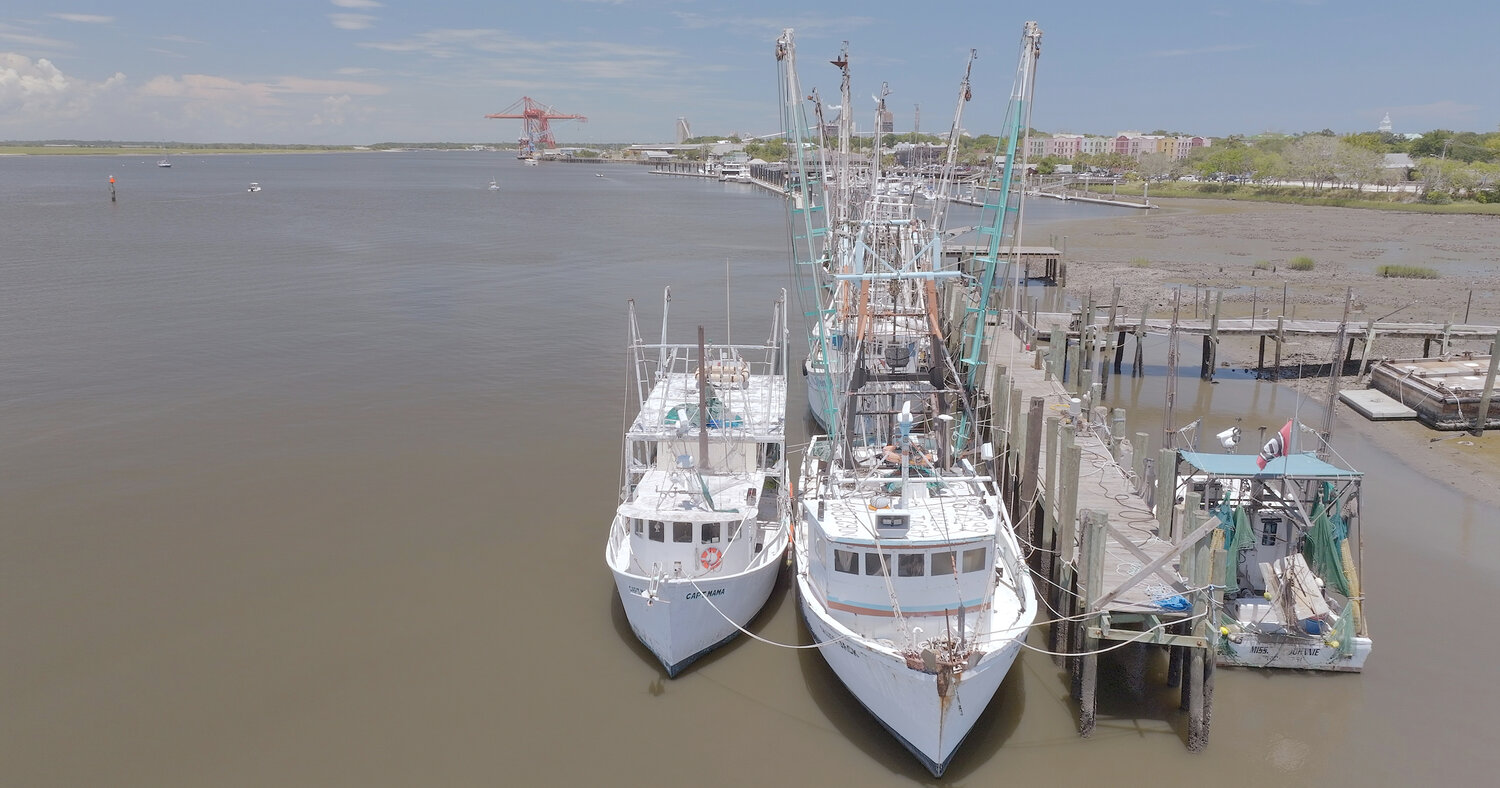The Ancient Sturgeon Still Spawns in Our St. Marys River
Millions of years before birds flew and dinosaurs thundered across the earth, the long-lived sturgeon swam in the seas. Sturgeon can be found all over the globe and historically provided sustenance for many coastal communities. In North America, sturgeon can be found in most watersheds flowing uninterrupted to the sea. Sturgeons are anadromous, meaning they live in the salty ocean but migrate into freshwater rivers and streams to spawn.
Like sea turtles, sturgeon return to the same place they were hatched to reproduce. They imprint birth location information into their highly evolved sensory system, enabling them to return to the same location year after year.
In our area, sturgeon return to the St. Marys River for spawning each spring and fall. The St. Marys Riverkeeper is working with partners to sample the local population of Atlantic and shortnose sturgeon in Nassau County. This collaboration is part of a long-term monitoring program aimed at determining the distribution, abundance, and population dynamics of these endangered species.
The 2024 St. Marys River sampling season began in April and was scheduled to last for eight weeks. However, due to high water temperatures, the sampling season was cut short to avoid unintentional deaths.
It is almost hard to fathom how long the sturgeon have swum in the oceans on earth. Historical accounts of sturgeon so thick you could almost walk across their backs in the water abound. People followed the fish from the estuary to spawning ground during migration. They set nets and hunted the sturgeon to near extinction.
The Okefenokee Swamp provides sustenance for the sturgeon. It is where all the necessary elements blend, then flow to the ocean, supporting this ancient fish. We are fortunate to have a partnership of professionals working together to protect the St. Marys River from further degradation. It is important that we restore our relationship with the St. Marys River and those who depend on her life-sustaining waters.
The St. Marys Riverkeeper will provide a sneak peek of a film by Jennifer Brown of Into Nature Films at their upcoming Toast to Clean Water event Oct. 19, 2024. This short documentary will focus on the endangered sturgeon in the St. Marys River. Film footage from Nassau and Baker Counties in Florida and Charlton and Camden in Georgia will be featured. The documentary aims to raise awareness about why sturgeon research is important.
Emily Floor, the St. Marys Riverkeeper, promises “the film will provide us with stunning visuals and compelling interviews, it will showcase the relationship between sturgeon, locals and the river ecosystem, and dedicated conservationists working tirelessly to learn more about this ancient species.”
Into Nature Films produced “Gentle Giant,” the mystery of Gulf sturgeon. Gulf sturgeon migrate up rivers connected to the Gulf of Mexico to spawn. This film and the one being produced for the St. Marys River is in partnership with U.S. Fish and Wildlife Service. They are moving, educational films dedicated to the master of longanimity -- enduring prolonged suffering with extreme patience -- the sturgeon. I am excited to see what filmmaker Jennifer Brown produces about the St. Marys River sturgeons.
According to a press release issued by the St. Marys Riverkeeper, the multi-agency team researching Atlantic sturgeon in the St. Marys River includes the U.S. Fish and Wildlife Service, Peninsular Florida Fish and Wildlife Conservation Office, and Adam Fox, PhD, Fish Scientist at UGA Warnell School, as well as Fish and Aquatic Conservation Headquarters, Georgia Ecological Services Field Office, and Okefenokee National Wildlife Refuge.
“The St. Marys Riverkeeper supports a vibrant St. Marys River ecosystem that nurtures communities, sustains biodiversity and fosters sustainable economic development, anchored in pride for the area’s natural beauty. Communities along the Florida-Georgia border, from Oke to Ocean, are united in conserving our waterway today and for future generations, ensuring it remains a leading example of ecological integrity, shared stewardship, and enduring appreciation,” according to the St. Marys Riverkeeper.











